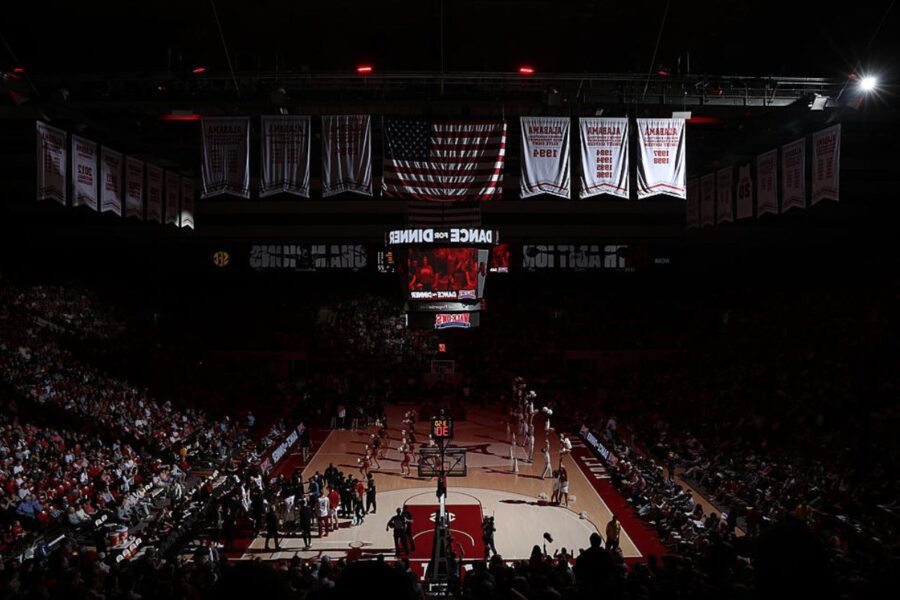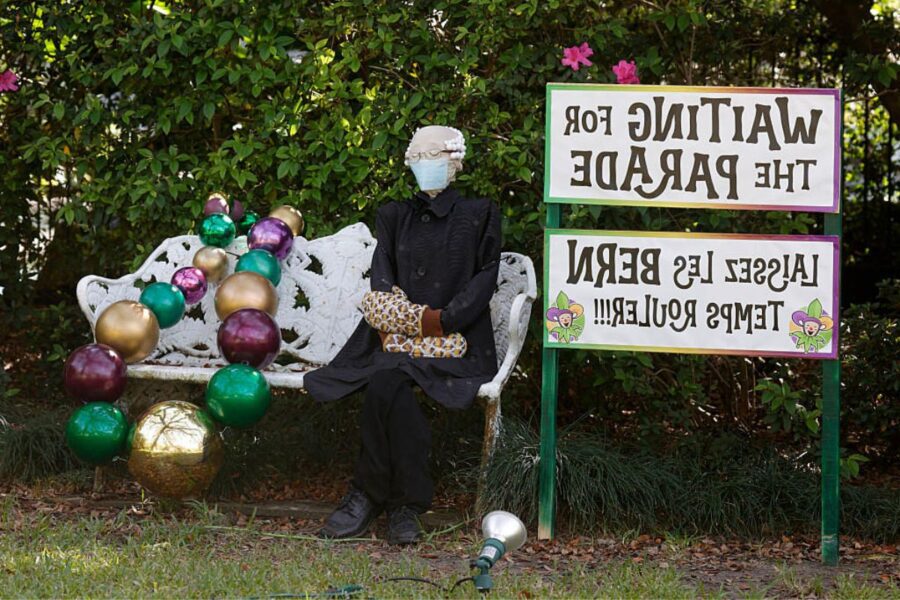Alabama Mardi Gras celebration is not just another festive event, but a vibrant tapestry that weaves together history, culture, and national significance. From its humble beginnings to its current grandeur, the celebration has evolved into an annual spectacle that captivates both locals and visitors alike. Ranked among the top Mardi Gras celebrations in the country, Alabama’s festivities hold a special place in the hearts of its residents.
As we delve into the historical roots of this tradition, we will uncover the fascinating stories behind its origin and how it has shaped the cultural fabric of the state. From the elaborate parades to the intricate costumes, we will explore the cultural richness that permeates every aspect of this celebration.
So, join us as we embark on a journey to uncover the historical roots, cultural richness, and national impact of Alabama Mardi Gras celebration.
Key Takeaways
- Mobile, Alabama, is the birthplace of Mardi Gras in the US, predating New Orleans.
- The celebration blends French, Spanish, and American influences, showcasing a rich tapestry of cultural diversity.
- Community engagement and involvement foster unity, pride, and a sense of belonging.
- Alabama Mardi Gras celebration has a significant economic impact, boosting tourism, supporting local businesses, and creating job opportunities.
Introduction:
The Mardi Gras celebration in Alabama unveils a fascinating history that challenges the commonly known New Orleans-centric narrative. Contrary to popular belief, Mobile, Alabama, can lay claim to being the birthplace of Mardi Gras in the United States. Historical records from archivist Donnelly Lancaster Walton suggest that Mobile hosted Mardi Gras as early as 1703, predating the foundation of New Orleans.
The origins of Alabama’s Mardi Gras can be traced back to French colonial times when Mobile was the capital of French Louisiana. The celebration was brought to the area by French settlers who continued their traditions in the New World. Over the years, Mardi Gras in Mobile has evolved to become a unique cultural event, blending French, Spanish, and American influences.
One of the distinguishing features of Alabama Mardi Gras celebration is the mystic societies or ‘krewes’ that organize and participate in the festivities. These krewes, which date back to the 19th century, are responsible for organizing parades, balls, and other events during the Mardi Gras season. Each krewe has its own unique identity and plays a significant role in shaping the overall atmosphere and experience of Alabama’s Mardi Gras.


Rankings and Impact
Building on Alabama’s rich history and cultural significance in Mardi Gras, the rankings and impact of the state’s celebrations further solidify its position as a key player in the nationwide festivities.
According to a study conducted by Lawn Love, three Alabama cities have made it onto the Mardi Gras rankings. Mobile, known as the birthplace of Mardi Gras in the United States, claims the 32nd place nationally, showcasing its long-standing tradition and influence in the celebration. Birmingham, Alabama’s largest city, follows closely behind at 80th place, demonstrating its own unique contribution to the Mardi Gras scene. Huntsville, a city known for its technological advancements, also makes an appearance on the list, ranking at 102nd place.
These rankings highlight the statewide impact of Alabama Mardi Gras celebrations, with each city offering its own distinct flavor and cultural richness to the festivities. From the vibrant parades to the elaborate costumes and lively music, Alabama Mardi Gras celebrations continue to captivate both locals and visitors alike, ensuring that the state remains a prominent player in the national Mardi Gras scene.
Reflection on Historical Precedence
Does Mobile’s historical precedence in hosting Mardi Gras warrant a higher ranking in the festivities?
Mobile, Alabama holds the distinction of being the birthplace of Mardi Gras in the United States, a fact that adds a unique and significant layer to its celebrations. The city’s historical precedence in hosting Mardi Gras cannot be overlooked when evaluating its ranking in the festivities.
Mobile’s Mardi Gras tradition dates back to 1703, when French settlers first celebrated the holiday in the city. This historical significance sets Mobile apart from other cities across the country that have adopted the celebration in later years. The rich heritage and deep-rooted traditions associated with Mobile’s Mardi Gras festivities have contributed to its enduring popularity and national recognition.
Furthermore, Mobile’s long-standing commitment to preserving and honoring its Mardi Gras heritage is evident in the numerous secret societies, or ‘krewes,’ that organize and participate in the parades. These krewes, some of which have been in existence for over a century, uphold the traditions and customs that have been passed down through generations.
Considering Mobile’s historical precedence, cultural significance, and dedication to preserving its Mardi Gras traditions, it is fair to argue that the city deserves a higher ranking in the festivities. Its role as the birthplace of Mardi Gras in the United States adds a distinct and compelling element to the celebrations, making Mobile a destination that truly embodies the spirit and essence of this vibrant holiday.
Cultural Richness and Parades
Immersed in a vibrant blend of drinks, food, and a lively atmosphere, Alabama Mardi Gras celebration is enriched by its cultural richness and the dazzling parades that showcase the spirit of Mobile. These parades, a hallmark of Mardi Gras festivities, elevate the overall allure of the event and contribute to its national impact.
Here are four key aspects that highlight the cultural richness and significance of the parades:

- Historical Roots: The parades in Mobile have a storied history, dating back to the early 19th century. Mobile claims to be the birthplace of Mardi Gras in the United States, with parades being an integral part of the celebration for over 300 years. This rich historical background adds a sense of authenticity and tradition to the parades.
- Diverse Floats: The parades feature a wide array of colorful and intricately designed floats, each representing a unique theme or concept. From mythological figures to local icons, these floats showcase the creativity and artistic talent of the community. The vibrant floats, adorned with elaborate costumes and decorations, create a visually stunning spectacle.
- Music and Dance: The parades are accompanied by lively music, with marching bands, jazz ensembles, and dance troupes filling the streets with infectious rhythms and energetic performances. The combination of music and dance adds an exuberant atmosphere to the parades, encouraging spectators to join in the festivities.
- Community Participation: The parades provide an opportunity for the entire community to come together and actively participate in the celebration. Local organizations, schools, and businesses contribute their own floats and performances, fostering a sense of unity and pride. The active involvement of the community ensures that the parades reflect the cultural richness and diversity of Mobile.
Cultural Richness and Alabama Mardi Gras celebration
Alabama Mardi Gras celebration, with its cultural richness and captivating parades, stands as a testament to the state’s vibrant and distinctive contribution to the national Mardi Gras stage. The cultural richness of Alabama Mardi Gras celebrations extends beyond mere rankings. It is a unique blend of drinks, food, and a vibrant atmosphere that sets it apart. The parades, in particular, contribute to the allure of Alabama’s Mardi Gras, possibly reclaiming Mobile’s historical role as the birthplace of Mardi Gras in the United States.
Alabama Mardi Gras celebrationchallenges the dominance of New Orleans, emphasizing its distinctive and noteworthy celebration. The state’s Mardi Gras festivities showcase a rich tapestry of cultural influences, including French, Spanish, African, and Native American. This diversity is reflected in the music, dance, costumes, and traditions that are showcased during the celebrations.
The cultural richness of Alabama Mardi Gras celebration is not only a source of local pride but also has a national impact. It serves as a shining example of how a state can preserve and promote its unique cultural heritage. Alabama Mardi Gras celebration is not just a party; it is a celebration of history, tradition, and community.
Conclusion
Alabama Mardi Gras celebration is not only a vibrant and lively event, but it also holds significant historical roots and cultural richness. Its impact can be seen not only within the state but also on a national level.
From the grand parades to the elaborate costumes, Mardi Gras in Alabama showcases the diverse and vibrant culture of the region. This celebration continues to attract visitors from all over the world, making it a truly unique and memorable experience.
Our Reader’s Queries
How is Mardi Gras celebrated in Alabama?
Mardi Gras festivities kick off 2.5 weeks prior to Fat Tuesday, bringing vibrant energy to Mobile. Adorned floats, masked mystic societies, mounted police, and lively marching bands weave through downtown, captivating nearly a million revelers annually with elaborate themes.
What is Mardi Gras and why is it celebrated?
Mardi Gras, or Fat Tuesday, is a lively celebration in France observed on Shrove Tuesday, signifying the end of the pre-Lenten period. The French term “Mardi Gras” reflects the tradition of utilizing household fats before Lent, emphasizing readiness for fasting and abstinence.
Where is the largest Mardi Gras celebration?
Globally recognized, New Orleans orchestrates one of the most famous Mardi Gras celebrations spanning over two weeks before Shrove Tuesday. Organized by social clubs, or krewes, the festivities feature parades with intricate floats and performers. The grandest and most elaborate parades typically unfold in the final five days of the carnival.
Also Read: North Alabama Annual Crane Celebration Draws Enthusiastic Crowds

